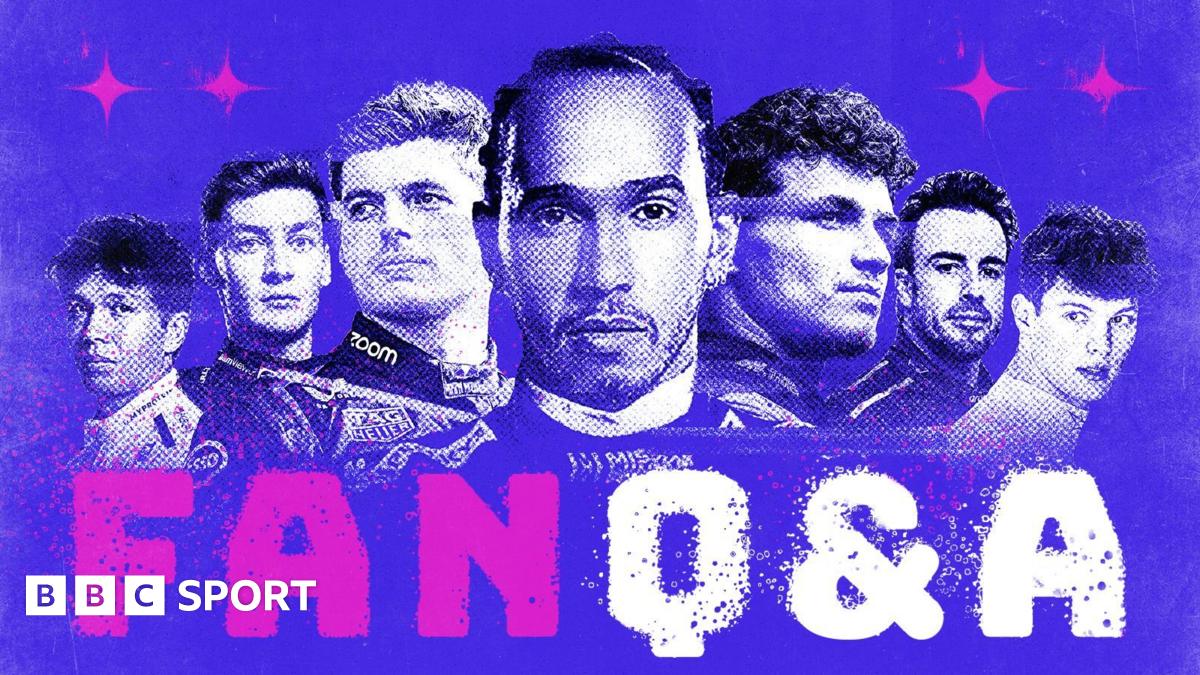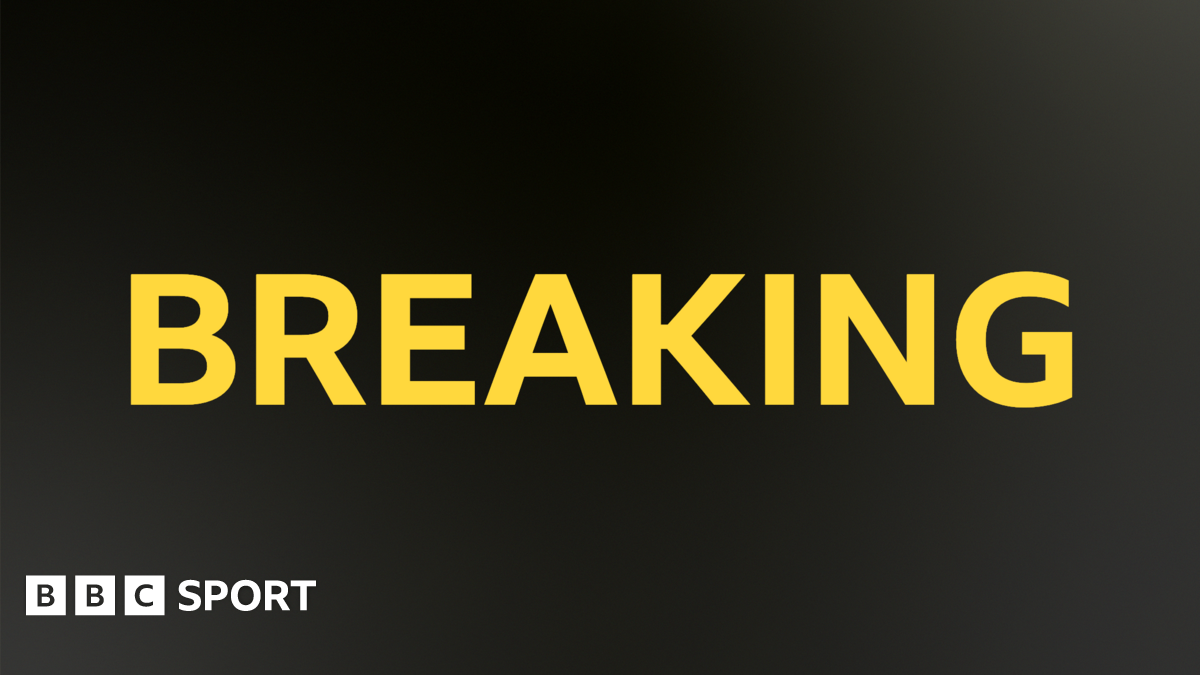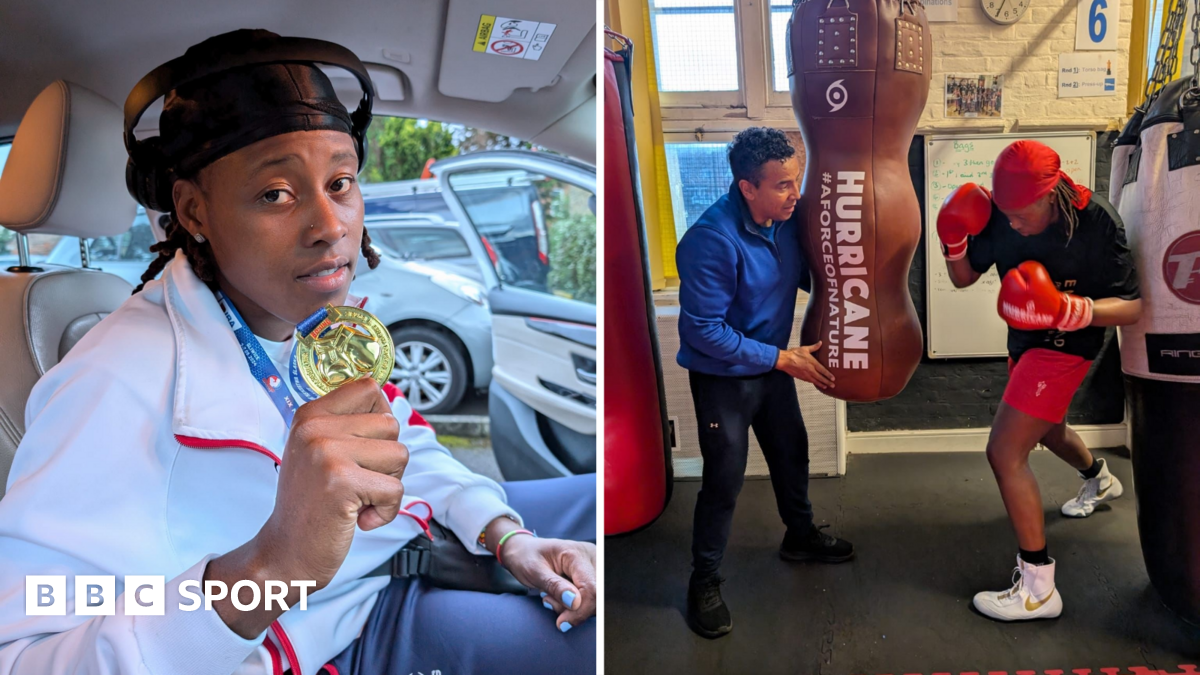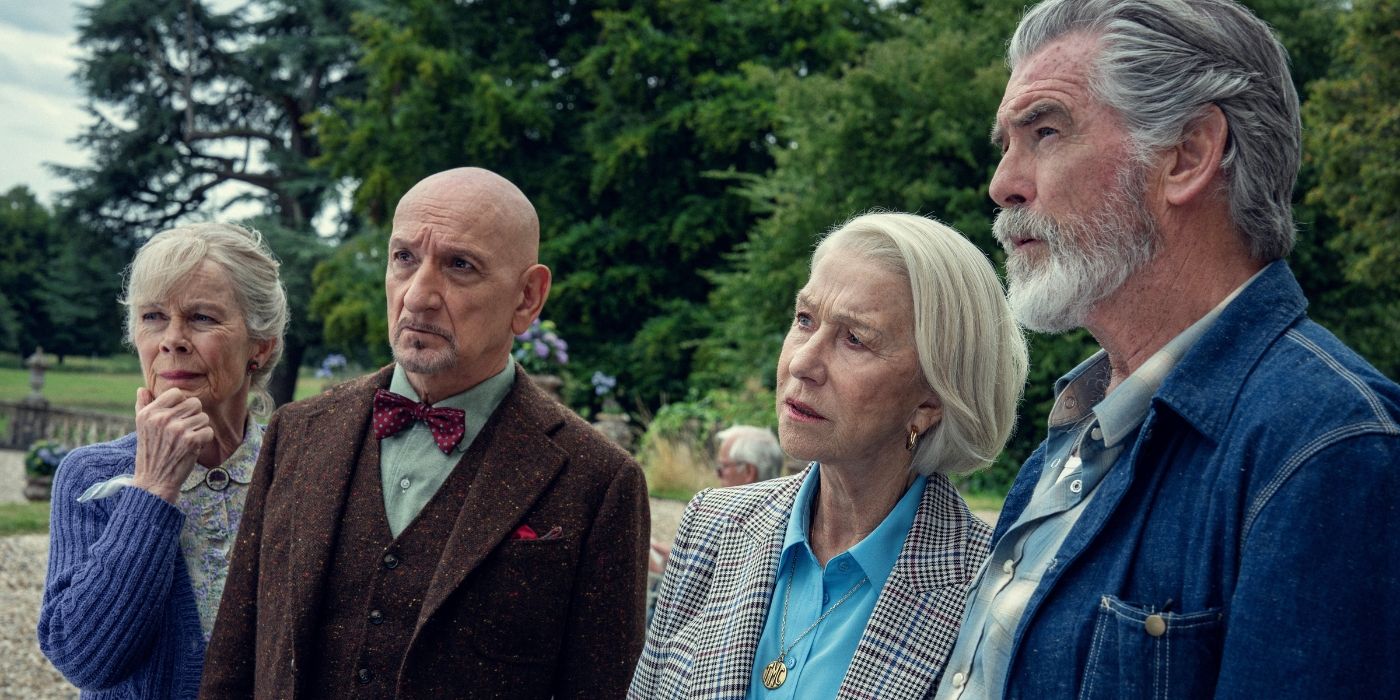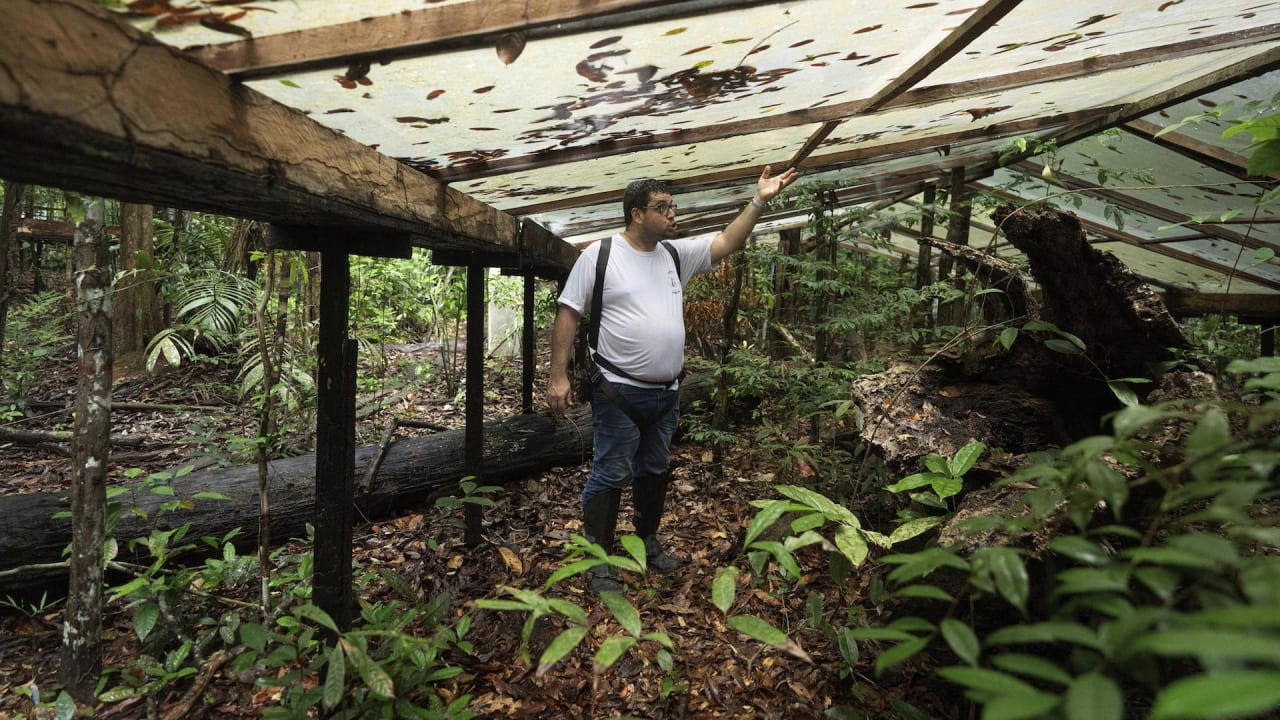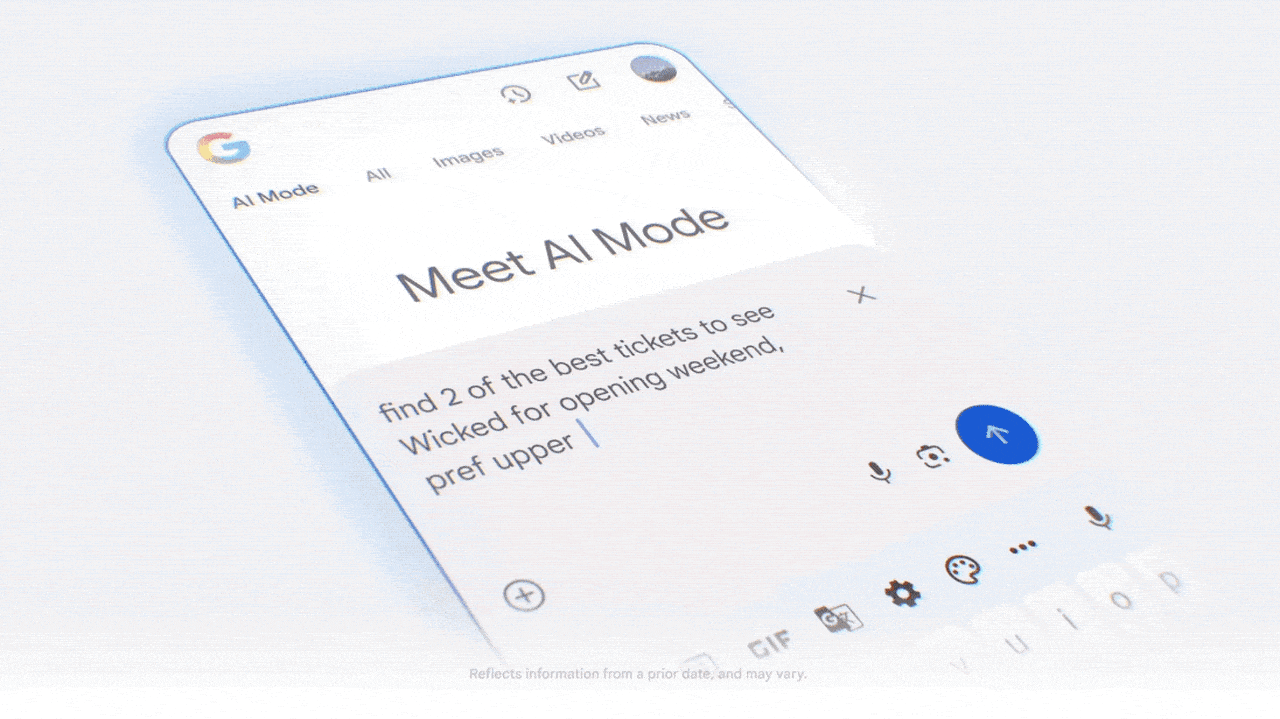The 9–5 schedule might be hurting your team’s performance

As a manager, you’re constantly navigating the many individual differences within your team that affect performance. Some people are more analytical, others more creative. Some thrive in structured environments, while others excel when given more autonomy. But one area that dramatically impacts performance that isn’t talked about enough is chronotype—the natural biological rhythm of an individual that determines when they feel most alert, focused, and productive throughout the day.
People have different chronotypes—some are more focused in the morning, while others do their best work later in the day (researchers have mapped more than 80 genes that regulate circadian rhythms). But many workplaces still stick to a 9-to-5 schedule that doesn’t fit everyone. According to recent research, this circadian misalignment can lead to decreased productivity, increased stress, and even health problems. Workers who don’t fit the norm may face challenges in the workplace—yet it’s imperative for organizations to tap into their full contributions.
As a researcher studying work-life balance and applied chronobiology, I’ve discovered how chronoinclusive work cultures can improve both performance and well-being. In my work with multiple Fortune 500 companies in 17 countries, I’ve discovered three key ways that leaders can introduce the conversation around circadian rhythms and chronobiology, and ensure they’re positively—not negatively—impacting your team’s performance.
1. Challenge stereotypes about late risers
In our culture, we venerate early risers—from Benjamin Franklin’s “early to bed and early to rise” to bestselling books like The 5AM Club (which has sold over 15 million copies worldwide). We think they’re the serious, industrious workers. And yet: There are more late chronotypes than early chronotypes in the population.
According to research, only about 30% of people are “early chronotypes,” while the remainder are either night owls (40%) or fall somewhere in between (30%). That means a significant portion of your team may be biologically wired to perform better later in the day—and may be disadvantaged by the early start. This early riser bias equates early arrival with traits like conscientiousness, motivation, and reliability.
As a manager, it’s important to notice these common stereotypes—and take steps to challenge them. You might ask yourself:
- ‘Have I inadvertently favored early starters on my team, perhaps through access to me or when important decisions are made?
- Does our organization equate prompt morning attendance with being “leadership material”?
- Am I less patient with team members who message me in the afternoon or evening?
2. Map chronotypes in your team
Teams can improve both performance and well-being by learning when each person works best. Understanding these differences can help you plan smarter and lead more effectively.
You can use a validated tool like the Morningness–Eveningness Questionnaire (a 19-question self-assessment). Or, you can simply ask team members a few basic questions:
- If you had no meetings or responsibilities, when would you naturally start your day?
- When would you go to bed if you could set your own schedule?
- What time of day do you usually feel most focused and productive?
Once you know more about your team’s chronotypes, you can use this information to:
- Assign deep-focus tasks when each person has the most energy.
- Schedule collaboration during times when energy levels overlap.
For example, my client Julia, the head of HR at a media organization, is a strong morning type. She wakes up naturally at 4 a.m., does her most focused work in the early hours, and starts winding down by early evening. In contrast, David, a leader in a legal association, is a late chronotype. He finds early mornings exhausting and prefers quiet, flexible starts. His peak performance happens in the afternoon and evening, when he’s most alert and focused.
By recognizing and working with these patterns—not against them—teams can become both more productive and more balanced.
3. Foster chronoinclusive work cultures
Many workplaces are unintentionally designed around early risers, who often claim prime resources. If you want to support both early risers and late chronotypes—and unlock greater performance across your team:
- Offer flexible start times and meeting hours: Allow team members to begin their workday in alignment with their natural energy peaks. This supports better focus, fewer mistakes, and improved well-being for both morning and evening types. When teams include a mix of early birds and night owls, the best meeting time is often between 10 a.m. and 2 p.m.—a middle zone where most chronotypes have relatively good energy and focus.
- Ensure fair access to workplace resources: Be mindful that early arrivals often get first access to perks like premium desks, food options, or parking spaces. Design systems that don’t unintentionally reward one chronotype over another. For example, assign desks and parking spaces, and make sure food prep and service hours match peak demand times.
- Lead by example: Share how you plan your own day based on when you’re most alert—and make it okay for others to do the same. A culture of openness starts with you.
Chronotype is a critical, yet often overlooked factor in how teams perform. By recognizing biological differences in how and when people work best—and making room for that diversity—leaders can reduce hidden bias, unlock untapped potential, and build more productive and inclusive teams.
What's Your Reaction?
 Like
0
Like
0
 Dislike
0
Dislike
0
 Love
0
Love
0
 Funny
0
Funny
0
 Angry
0
Angry
0
 Sad
0
Sad
0
 Wow
0
Wow
0






































